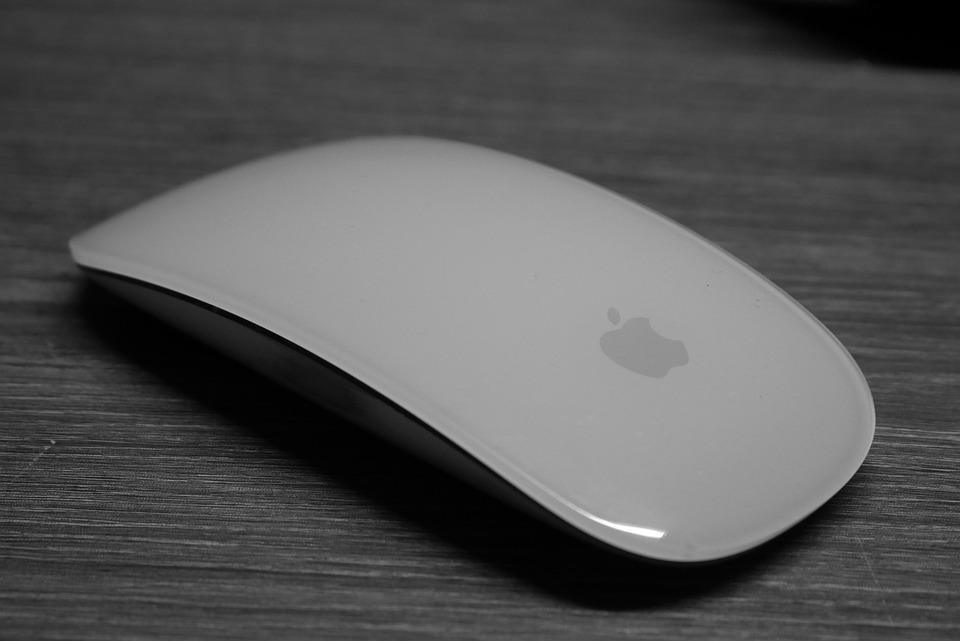Is your iMac’s slow internet driving you up the wall? You’re not alone. Many users experience sluggish connectivity that can turn simple tasks into frustrating challenges. Slow internet isn’t just a nuisance; it interrupts your workflow, affects your streaming, and can even hinder your online relationships. Thankfully, there are easy fixes available.
Contents
Understanding Slow Internet on Your iMac
Slow internet can stem from various issues, both hardware and software. It could be your Wi-Fi connection, network settings, or even your iMac’s configuration. Understanding these factors is essential because knowing the root cause will empower you to tackle the problem effectively.
When your iMac struggles to connect, it can feel isolating. But let’s break it down together. Here are seven straightforward fixes that can breathe new life into your internet speed.
1. Check Your Wi-Fi Connection
First things first: Is your Wi-Fi connection stable? Sometimes, the simplest solution is the most effective.
- Reconnect to Wi-Fi: Click the Wi-Fi icon on your menu bar and select “Turn Wi-Fi Off.” Wait a moment and turn it back on. Sometimes a quick reset can do wonders.
- Move Closer to Your Router: Walls, furniture, and even appliances can obstruct your signal. If possible, bring your iMac closer to the router.
- Check Other Devices: If your other devices are also slow, the issue may lie with your internet service provider (ISP) rather than your iMac.
2. Restart Your Router and Modem
It sounds cliché, but restarting your router and modem can resolve many connectivity issues.
- Power Cycle Your Devices: Unplug your modem and router, wait for about 30 seconds, and then plug them back in. This can help clear any temporary glitches affecting your connection.
- Check for Updates: Sometimes your router may require firmware updates. Log in to your router’s settings (usually through a web browser) to see if an update is available.
3. Update Your macOS
Keeping your macOS updated is crucial for optimal performance. Each update comes with fixes that can enhance your overall experience, including internet connectivity.
- Go to System Preferences: Click on “Software Update” to see if any updates are available. If so, download and install them.
Regular updates not only improve speed but also enhance security. A well-maintained system is a fast system.
4. Clear Your Browser Cache
Your browser can accumulate a lot of junk over time. Clearing your cache can significantly speed up your browsing experience.
- For Safari: Go to Safari in the menu bar, select “Preferences,” then the “Privacy” tab. Click on “Manage Website Data” and select “Remove All.”
- For Chrome: Click on the three dots in the top right corner, go to “More tools,” then “Clear browsing data.” Make sure to select “Cached images and files” and hit “Clear data.”
This act of decluttering can lead to noticeable speed improvements.
5. Manage Your Network Preferences
Your network settings might be misconfigured, and managing them could lead to a faster connection.
- Forget and Reconnect: Go to System Preferences > Network. Select Wi-Fi and choose “Advanced.” Remove your current network by selecting it and clicking the minus (-) button. Then reconnect to your Wi-Fi.
- Prioritize Your Networks: In the same “Advanced” settings, you can drag your preferred network to the top of the list. This prioritization can help your iMac connect to the strongest signal first.
6. Run Network Diagnostics
Your iMac comes with built-in tools to help troubleshoot connectivity issues.
- Use the Wireless Diagnostics Tool: Hold down the Option key and click the Wi-Fi icon in the menu bar. Select “Open Wireless Diagnostics.” Follow the prompts to diagnose issues.
This tool can provide insights into what might be slowing you down, giving you actionable steps to take.
7. Consider Your Internet Plan
Sometimes, the issue isn’t with your iMac but rather your internet plan. If you’re finding yourself frequently struggling with slow speeds, it might be time to evaluate your needs.
- Check Your Speed: Use a speed test service, such as Speedtest by Ookla, to see if you’re getting the speed you’re paying for.
- Upgrade Your Plan: If your needs exceed what your current plan offers—particularly if you work from home or stream regularly—consider upgrading to a higher-speed package.
Bottom Line
Slow internet issues on your iMac can be frustrating, but they’re often easy to fix. From checking your Wi-Fi connection to considering an upgrade to your internet plan, these steps can help you regain the speed you deserve. Remember, a fast internet connection can enhance your productivity, improve your streaming quality, and elevate your online experience.
Don’t let slow internet hold you back any longer. Take action today!
Frequently Asked Questions
Q: How can I tell if my iMac is the problem?
A: Run a speed test on multiple devices. If only your iMac is slow, the issue likely lies within your settings or hardware.
Q: Should I get a network extender?
A: If you find that you often have weak signals in certain areas of your home, a network extender can boost your Wi-Fi coverage.
Q: How often should I update my macOS?
A: Regularly check for updates, ideally every few weeks, to ensure you’re benefiting from the latest features and performance enhancements.
Embrace the power of a faster internet connection and enjoy all that your iMac has to offer. You’ve got this!








